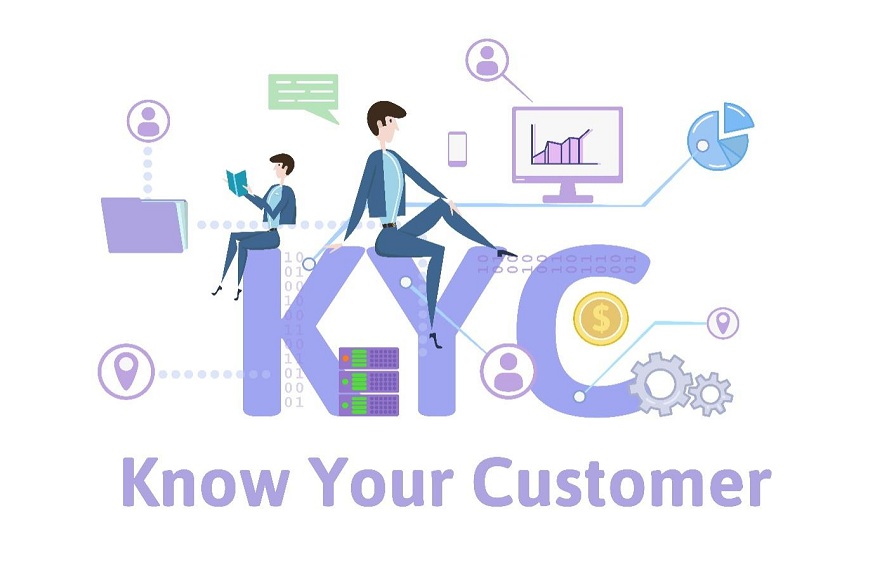The phrase “Know Your Customer” (often abbreviated as “KYC”) has become widely used as a result of several regulations. The Know Your Customer (KYC) laws need to be followed by every single organization that is involved in the BFSI industry. As a result, customer identification and verification must always take place anytime a customer wants banking services. Regardless of whether the consumer has already gone through the Know Your Customer (KYC) process with another organization, this provision is still in effect.
Customers and companies alike have an uphill battle when it comes to complying with KYC standards as they are customarily applied. The CKYC legislation was passed to lessen the difficulty of doing several KYC transactions while simultaneously reducing the amount of money laundered illegally. Here we will be discussing what is CKYC and why it is needed.
What is CKYC?
CKYC is for comprehensive know-your-customer, and it is an effort that was launched by the Indian government. The objective of this program is to provide a framework that will enable investors to complete their KYC procedures only once. It is an initiative from the central government to help the banks as well as the consumers for property safety.
This directive’s goal is to streamline the Know Your Client (KYC) compliance process by establishing a central repository for all of the KYC information that pertains to a given customer, after which that data will be subjected to verification and then filed away. This particular database is referred to as the Central KYC Records Registry (CKYCR). You must understand what is CKYC and how it affects the entire process.
Types of KYC accounts
Normal Account:
To establish a normal account, you will need to provide one of the six main official documents as evidence of your identity: PAN, Aadhaar, Voter ID, Driving License, Passport, or NREGA Job Card. Normal accounts can only be opened once one of these documents has been provided.
Simplified Measures Account:
Such type of CKYC account would be formed provided you submit additional legally valid documents (OVDs) which are authorized according to RBI circular RBI/2015-16/42. The Know, Your Customer identifier for such accounts, will be given an ‘L’ prefix added to the beginning of it.
Small Account:
To create an account of this sort, all that is required of you is to provide an image and some personal information. The KYC identifier for such accounts would have an ‘S’ prefix added to the beginning of it.
OTP-Based eKYC Account:
This kind of account can be formed if you provide a photograph alongside the Aadhaar PDF file downloaded from the UIDAI website that needs to be enabled by an OTP. The Know, Your Customer identifier for such accounts would have an ‘O” prefix added to the beginning of it.
Features of CKYC accounts
- The CKYC number is a 14-digit code that is associated with the identification proof.
- The information pertaining to the customers is saved in an electronic format for their protection.
- The issuer is contacted in order to confirm the documents that have been submitted.
- Whenever there are updates to the KYC details, all of the institutions that are relevant are informed of the changes.
- When the CKYC verification has been completed, the investor is exempt from having to repeat the procedure in the event that they transact business with another fund company.
Conclusion
Now you must know what is CKYC and how it is a new approach to ensure that the banking institutions, as well as the consumers, are safe without making the process troublesome.

